Have you ever had a failure that altered the course and direction of your life?
One that at the time felt so insurmountable you didn’t know if you’d ever be able to rebound…?
That’s why they created the phrase, “fail your way to success.”
This week’s episode is living proof.
It all started in 2008, Peter Afiuny had just graduated from University of Southern California.
He took a risk and got financing to buy $10 million dollars worth of rebar to start his commodities business.
As the materials were on a boat on their way to the US, the market tanked.
Overnight, Peter’s new business became obsolete.
Listen to this week’s episode to how he went from a $10-million dollar mistake, to raising over $100 million in funding before the age of 40.
His story is a testament to the power of pigheaded discipline and determination.
Tune in to hear how Peter and his co-founders at Noveon have revolutionized sustainable manufacturing where competing on price is obsolete.
P.S. Inspired by Peter’s journey? Let’s turn your challenges into opportunities. Schedule a call today at HowToDoubleSales.com and discover how you can unlock your full potential.
Continued Learning: From Debt to Multi-Million Dollars in Less than 12 Months
- Want to know what’s keeping you from doubling your sales in the next 12 months? Take our quick QUIZ to get answers: Howtodoublesales.com
- If you’d like to have a profound breakthrough in your business, schedule your breakthrough call with a LIVE expert here: Chetholmes.com/Breakthrough
- Claim your FREE chapter 4 from the top 10 most recommended marketing and sales books of all time! Visit: Ultimatesalesmachine.com to find out how you Create 9X More Impact from every move you’re already making to win clients!
TRANSCRIPT:
*this transcript was mostly generated by AI, please excuse any mistakes 
Peter Afiuny: [00:00:00] I had letter of credit financing. I took risk of transportation and it was close to 10 million worth of rebar at that time. While it was in transit, the markets tanked and my buyers backed out.
Here is your daily dose of the ultimate sales machine coming to you from the new edition. Visit ultimate sales machine.
com to get your copy or multiple copies. I am your host, Amanda Holmes, CEO of Chet Holmes International. What you’re about to learn has been million businesses to generate billions of dollars, working faster, better, smarter.
Amanda Holmes: Welcome back everybody. Amanda Holmes here and today’s CEO mastery show. We have a special guest.
I also have Troy Aberle, our executive strategy officer on, but today we’re talking to Peter Afiuny, who is the chief commercial officer at Noveon. I am so thrilled. We got some data recently that says [00:01:00] that CEOs and founders are younger than they’ve ever been. It’s actually shocking. High net worth individuals, the average high net worth individual, It used to be 62 years old.
In the last five years, that has dramatically decreased by 11 years, making the average be at 47 years old. And that inspired me to say, Peter, can you please hop on this podcast? Because they have raised over a hundred million in Eight years before they even turned 40. So Peter’s also a co founder of Noveon and we’re going to dive into the stories of what it takes to the blood, sweat, and tears that it takes to grow that.
And the opportunity that so many have to be able to create a more sustainable future in their business. So. Thank you, Peter. Thank you. Thank you for having me. What a fantastic introduction. I really appreciate it. I appreciate being here and the opportunity to spend time with you to talk about our journey.
I know. So I first met Peter. [00:02:00] This is so great. We went to college together at University of Southern California, and we were both in the The Entrepreneur Club, which was the largest organization at USC. And Peter was president at the time. I think I was maybe two years younger than you or so. And I just kept hearing about this president.
I didn’t see him much. And I, at the time I had no contacts. All I knew is everyone said he’s very successful. He’s never here. He’s too busy running his company. Oh, get out of here. I literally had no idea what you were doing fast forward, right? Like 10, 15 years later, I find out that you’re like charging through China, trying to understand the supply chain, which, which ended up paying off wonderfully.
But can you, can you tell me a little bit about what you found diving through China that led to this successful business venture?
Peter Afiuny: Yeah, it was an opportunity that Really was made available to us through some of our other co founders who had really taken their career deep into the world of [00:03:00] magnetics in China.
When you’re talking about magnet manufacturing, China is the dominant player. And so if you want to learn about making magnets. You have to engage in that environment and in the APAC region, a lot of the intellectual property came out of Japan and a lot of the mining through separation through refining.
And then, of course, magnet manufacturing occurs. And so I spent a lot of time visiting different companies and meeting a lot of really wonderful people to absorb as much as I possibly could about the industry.
Amanda Holmes: Yeah. And I don’t know if you can share this story. You had told me something about like some of the crazy war stories.
Cause A lot of people are in a lot of pain at the moment that you’re lucky. You’re in a wonderful space, but there’s some that had some serious problems with supply chain issues. I remember one in particular about you on a boat. Can you share that?
Peter Afiuny: Oh, oh yeah. Yeah. So that was apparently the company that I was running while [00:04:00] being a part of entrepreneur club.
Yeah. Yeah, that was a really interesting experience. It was probably my first. Huge failure. Yeah. As a, as a, I’ve had a, I had a lot of minor failures, but that was probably one of my big ones. And it was also very important moment in my life because it became a very self reflective moment in my life in terms of.
What I was pursuing and how I was pursuing things and what I was getting involved in. But, yeah, I had essentially started a company that was dealing in hard commodities trading and, you know, it was essentially just buying steel and lumber and things that were used for construction projects and leveraging price arbitrage regional price arbitrage to make the margin.
Okay, and so I had bought a barge load. Literally a barge load of Turkish rebar, and I had financed it using a letter of [00:05:00] credit. And I did this, this was right as I graduated from the university of Southern California, and I turned down all my job offers, which is in hindsight, still really great move that I did, but I don’t know if everybody remembers.
I graduated in 2008 and 2008 is when we had the global financial crisis. And so a lot of markets tank, the steel markets being one of them. And so graduated in May and then October hit. And I had this deal where I had letter of credit financing. I took risk of transportation and it was close to 10 million worth of rebar.
At that time, while it was in transit, the markets tanked and my buyers backed out. So that was, so that like just made the company insolvent overnight. And then that’s what put me into sort of a self reflective mindset about what am I doing and what am I involved in? Because. Ultimately, I had realized that what I was [00:06:00] doing was a lot of paper trading and brokering, and I was really questioning what is the value that I’m really bringing to the table, right?
Because I was creating sort of a derivative off of the value that was already created. And that’s fine. You need that level of service, right? But it wasn’t something that was fulfilling for me. And so it put me in a different mindset as far as what I wanted to do and how dirty I wanted to get my hands.
Amanda Holmes: Yeah, I can see Troy’s face too. Were you going to say anything? Cause I could see you reacting like, Oh my God.
Troy Aberle: I’m just thinking about the feeling of when you know that something really didn’t go well, how that feels when it hits your spinal cord, if you will, of, of the emotions.
Amanda Holmes: Well, that’s the journey of the entrepreneur, right?
You succeed and you fail and the fails. I associated that story with your success because now what do you do, right? You’re the only manufacturer in the United States that makes magnets [00:07:00] without outsourcing, right?
Peter Afiuny: Yeah, that’s right. So, and it’s a very specific type of magnet that we make. There are, of course, other magnet manufacturers, but what we make is a neodymium iron boron magnetic material, or a shorthand form of that is a magnet or a neodymium permanent magnet material.
And it is the most powerful permanent magnet material that you can get on the market. What that means is that it has a lot of energy in a very, very small form factor. You know, this magnet has. Contributed to the miniaturization of technology. It is a critical material that acts as a junction for energy conversion, right?
It’s all around us. It’s in your kitchen in the form of. Refrigerators it’s in your house in the form of HVAC systems, blower motors, fans. Pumps in your car in the form of power windows, power door locks, power seats, [00:08:00] sensors, of course, you can even take that to a much, much larger scale. And it spans across industries, whether it’s motion control in aerospace or defense applications, or medical applications or energy applications, it’s all there, right?
It’s really at the heart of electrification. My journey into. Magnetic materials started with exposure to the fact that as a critical material, that was so important to society and really an age of electrification that would feel sustainability or more sustainable environment or more energy efficient environment.
Our waste infrastructure was. Not even considering this material as something that should be captured and recirculated the same way that aluminum and copper and steel and sort of more common non ferrous metals are handled. And so that was really the question that sent me down the rabbit hole. And here we are today, [00:09:00] commercializing and building and delivering magnetic materials.
In the United States, we represent the only center neodymium magnetic manufacturer that is commercial in operation in the better part of almost 25 years. And so we’re really, we’re really proud of what we’ve done here as a team. For me, that’s like. A 10 million error was so painful that it launched out 100 million and more, right?
This is just the beginning. You’re at the cutting edge of what we’re seeing for manufacturing, sustainability, and I don’t know how you feel about recycling, but recycling of magnets, right? Yeah. That was really our breakthrough technology that allowed us to overcome a lot of the barriers, and they were very, very real barriers.
Capital intensive industry. It’s an infrastructure project, right? Also, a lot of intellectual property that were really surrounding the industry. And so our ability [00:10:00] to take a end of life magnet and extract it from an end of life application and turn it into a new high performance magnet. Pave the way as a piece of our technology portfolio to enter this market.
And it has so many different layers of benefits.
Amanda Holmes: It’s absolutely amazing. Cause there are a lot of companies out there right now that are hurting, right? Inflation is so crazy. We’ve. Just gone year after year of just this questionable market where what’s going on with the economy? What’s going on with war?
What’s going on with this pandemic? And I feel like there’s so many CEOs out there that just feel beaten to a pulp and they’re like, I can’t handle it anymore. But to hear this story of what you created in a time of despair, and then changing it into an opportunity that innovation, I mean, I also read that Fast Company celebrated you as the most innovative manufacturing company of 2023.
That’s magnificent. So innovation, right? Necessity breeds innovation. And you are a [00:11:00] walking demonstration of that.
Peter Afiuny: I really appreciate that. You know, it takes a team, right? I can’t take all the credit. You know, I’m, I’m one of four founders. We have A wonderful technology and engineering team that has really propped up the technological capability of this company.
We have close to 100 people now, and every single person plays an important role in helping us accomplish our goals. And so I cannot. Stress that enough, there’s no way that I would have been able to do this by myself. That’s for damn sure.
Amanda Holmes: Oh, that’s great. Can you give an example of somebody that because for all of the companies that are listening to this, maybe they don’t even realize that they may have something that could be recycled and be reused.
So, can you give me an example of a client? Yeah. So, the mobility devices are the example that Amanda’s talking about. So we had. Yeah. Yeah. Yeah. Set up the national sort of recycling and take back program for bird scooters, where we were taking [00:12:00] all of their end of life scooters and extracting not only all the other kind of commodities associated with an end of life scooter, like the aluminum and lithium ion battery and and the steel and so on and so forth, but especially the magnet component, which is a critical material.
And we were pulling that and using that as a feedstock. But magnets are, you know, Pretty much in motor applications. So think of them as a. Sister to, or a sibling to the battery world, lithium ion battery or energy storage world, wherever there is energy storage, there must be energy conversion and.
Magnets play a very, very important role in energy conversion. So anything that’s motion control or actuation, or taking an electrical signal and converting it into mechanical motion, or vice versa is where you will see a magnet. And in our case. There is no technological rival with regard to [00:13:00] performance to the neodymium magnet, right?
Like, that is the best permanent magnet. You can procure for most. Applications that operate in an upwards of, let’s say, 200 degrees C, which is a lot right? And if you’re getting beyond 200 degrees, C. Looking at space related type applications that will need a different type of magnetic material.
Fascinating. Fascinating. Okay. I want those that aren’t thinking about it right now. Okay. All right. So let me, let me, okay. Let me think. Let me give you a list. Hard dish drive magnets, hard dish drives have magnets, wind turbine generators have magnets. These are critical parts of our feedstock for collection.
Hybrid electric vehicle drivetrains. So, you know, automotive scrap company, maybe recycling full blown vehicles will target the hybrid electric vehicles and will extract the drivetrain out of that in order to be able to pull the magnet out. Then that, of course, adds value. Heart monitors, pumps. The cooling pumps and data centers, that’s another [00:14:00] one e mobility devices, scooters, that’s an obvious electric bikes, electric vehicles.
Right? So all of these things have magnets in the drive train or within their system of components. Okay, so really our customers are companies that are tier 1 tier 2 within sort of OEM supply chains. We’re dealing with motor manufacturers. In some cases, OEMs that are fully integrated in terms of their motor development, but mostly dealing with motor manufacturers.
If I can add to that, what does that, having programs like this creates a different position than in terms of the world environment impact, because you’re able to actually provide something that saves X amount of tons of scooters ending up in a, in a stockpile. It’s very much connected to what we were talking about earlier with regard to the supply chain and.
The APAC region, and sort of the dominance of the supply chain in the APAC region, having an ability to leverage and end of life material stream [00:15:00] creates the opportunity for circular economy and that circular economy can really mitigate supply chain risk, right? And it mitigates supply chain risk against price volatility because the rare earth markets.
Which drive the prices for these permanent magnet materials are highly volatile. They are opaque markets and fluctuate on big swings. There’s a lot that’s happening in the world now with regard to U. S. China relations that has an impact, right? So our ability to make a high performance magnet using end of life material is a great way to mitigate against that risk in some capacity.
That does not take away from the fact that our capability in itself is a magnet manufacturing capability. Right? I mean, we still need to use virgin materials. We still need to buy alloys to make. Virgin magnets at scale and the volumes that we’re talking about, but being able to leverage a circular economy.
To its maximum potential is [00:16:00] beneficial for our business and it’s also beneficial for those who sort of engage with us as a part of their supply chains. And I mean, coming out of COVID, right? It was as if sustainability went from a level one to a level nine or 10. Everyone decided, oh, wow, we have to care about sustainability.
And what, what is the word I’m looking for? I think sustainability is the point of it. I think it’s more supply chain resilience, right? We saw a lot of risk and dependency. And I think that COVID was sort of the straw that broke the camel’s back, right? Because in our industry, there was a bunch of other things that happened, right?
There was massive price spikes for rare earth materials. I’m talking like thousands of percentage points in terms of how the price increased and that frustrated the market, but it wasn’t enough to do a full departure. There were section 301 tariffs that were put on, and that sort of created a whole level of frustration, right?
With regard [00:17:00] to how businesses were able to operate effectively within their supply chain. And then COVID happened when I talked to customers. Now, everybody has a multi sourcing strategy. Everyone is looking for ways to diversify their supply chain. How can they. Mitigate against a centralized supply chain in the APAC region.
Can they look at regional supply chains and price becomes sort of tertiary to the conversation, right? It’s not even that right. So that in a world where everyone, I mean, statistically, we’re seeing this, that across so many industries, people are more focused on price than they have ever been because of inflation.
But you’re living in a space, this special rainbow land,
Well, I’m not going to go as far fetched and say they don’t care about price, but, but, but I will, I will say that if you, as a [00:18:00] customer, as a buyer, if all your focus is on price, Then it’s very, very short sighted and you’re not looking at the strategic implications of building out a supply chain when you’re only looking at price because.
There are considerations that need to be taken into, to account like resiliency, diversity, lead time, there are other functions and levers, market volatility that will ultimately impact total cost of delivered goods. Yeah. And the sort of cherry on the cake is the sustainability piece, right? Which is then on, on top of all of those benefits outside of price, right?
There is this ESG concern or the sustainability concern that has now become a major narrative within corporate governance, really. And so, so being able [00:19:00] to demonstrate that carbon reduction, I mean, when we deploy our magnet to magnet recycling process to make a finished product, we’re talking about a 90 percent improvement in energy efficiency.
When you look at the minds of magnet manufacturing process, if you look at our life cycle analysis, which we’ve done on our process with Purdue University, they. Measure close to like, a 48 percent reduction in the overall life cycle impact assessment when compared to a traditional magnet manufacturer.
Well, these are real numbers, right? I think based on a very, very, very preliminary calculation. And I think this number is even more now for every ton of magnet that we produce. It’s like an 11 ton CO2 reduction. Wow. Right. Right. And then that sort of opens up the world of carbon credits and like, whether you play in that market or not as a whole nother thing, but like, That has an impact and it becomes more [00:20:00] a part of our toolbox then, Hey, we make a magnet that leverages the end of life supply chain and now can be cheaper.
Right? Like, that’s not what we lead with. That’s not even, it’s not, that’s not the focus. What would be the top three things that you think a customer in the magnet business should be looking for, if you will, and how does your company be able to do that? Because I’m sure you guys are proud of what those three things are.
Quality performance and reliability. I’d probably say off the top of my head. And I think how 1 customer over the next will value. Each 1 of those things will depend on the industry. If you’re operating in. Automotive industry versus if you’re operating in a sort of industrial environment, the focus on each 1 of those things will vary automotive.
For example, is very much focused on a price. [00:21:00] Price is a big part of what they do because they’re looking at 10 year programs and millions of vehicles. And that translates into 10s of millions of pieces could be 10 cents swing on price can be. Millions of dollars in swing and on a total spend for a particular program.
So that makes sense. Right. But I, I would even rate above that if you have a lights out, fully automated assembly line. Okay. And you need a part to fit within a subassembly if your part isn’t too spec and you don’t have the proper controls in place as a magnet manufacturer or as a manufacturer. Period.
To make sure that you don’t have any defects and that’s a big risk because if all of a sudden I deliver a batch that has a part that’s out of tolerance, then I’m putting that customer’s entire fully automated production line at risk. To downtime, I was just going to say, Peter, when you really think about it, you know, I was going to ask you what is the big [00:22:00] failure, but I can just imagine a, an automotive manufacturer or farm equipment manufacturer, having a row of semi trucks, ready to pick up the final product.
There can’t be anything worse than saying, well, we saved 10 cents on a magnet, and now we’ve got 300 cars that can’t be built today because we cheaped out on it, didn’t have consistency and quality, and there’s that part of it, but we also didn’t support a company who actually looked out for that ahead of time for us.
And was actually able to save us 20 cents because of carbon programs and all of the things that people don’t even think about when getting a quote spot on that spot on. And we’ve been very blessed in the sense that we’ve been able to greenfield a project in the 21st century and we’re ramping up capability and we’re ramping up a production capacity and we have really the opportunity to tack on to our sales pitch the ability for customers to participate in And how we build out process to make them feel [00:23:00] comfortable from a quality perspective.
And for those that think about becoming your customer, it’s just such a topic right now. We’re seeing it with our clientele. I was just at a mastermind this weekend where a manufacturer was saying, I’m trying to find more ways to be sustainable because it’s something that my competition is doing. It’s something that my clients are asking for.
Do you have this, especially if they’re millennial buyers. Much more millennial buyers are asking if you have some sustainability that they want to see that competitive edge and that you’re thinking about it. This is, this is critical. And then also if for those that are listening, those that are on the selling side, we had just one of the keynotes that I gave a couple months back was talking about the, the ROI of somebody that’s looking for an immediate ROI versus the sustainability ROI.
The it’s I mean, there are why they’re expecting to get 10 years from now, 15 years from now, if you put it into the sustainability bracket versus if you’re just talking about, you know, how [00:24:00] quick can I get an ROI as fast as fast? It changes the whole buying criteria when you start putting more eggs into that basket of sustainability.
So it’s fascinating that you’re saying if pricing is such a big. conversation, then they’re not my ideal client because we’re more about quality, right? We’re more about making sure that you don’t break down so that your ten million dollars isn’t sitting on a barge in the middle of the ocean and you have nothing to do, right?
That’s very true. And I mean, I’m even seeing it now in contracts, right? I mean, when I see contracts. I’m starting to see very specific clauses tied to sustainability reporting and how often that can be reported. So that they can capture that information and they usually want it for free and I never give it to them for free, but that’s the nature of the game.
Yeah. I mean, we just recently had a client where their whole world is around recycling in a different industry completely. They do it in trade show booths, they recycle trade show [00:25:00] booths and they report on that, but they only report to it in their biggest clients. And we thought. Why wouldn’t you report to it and your smaller clients too, because they should be celebrating that they’re saving landfills, two minutes left.
Where do people find you, Peter? Where do people find the company? Yeah. Okay. So website is no beyond. co spell that. N O V E O N dot C O, you can find me on LinkedIn, Peter F. Uny, message me. I’m pretty responsive. I’ll eventually respond. And then, of course, you can contact us through our website and somebody will get in touch with you if you’re interested in learning more.
That’s pretty much where you can find us. Well, I have to say that I, this is other, another, so I teach in, in our training programs about how there’s people in your network that are doing wonderful things that maybe you just haven’t contacted in a while. And I hadn’t talked to you in man, like, I don’t know, like a decade.
I saw your phone. I randomly reached out and found out that you [00:26:00] were in Austin when I was in Austin and we got to meet up and here we are now we’re celebrating, you know, Your wonderful achievements. Yeah, thank you. Thank you. And, and yours too, Amanda. I mean, there’s, there’s a lot that you’ve done over the last 10 years since we last spoke.
That’s been remarkable. And I’m very, very proud to have reconnected with you and to see the level of growth that you’ve been able to achieve with what you’re doing. And so it’s been an honor to be a part of it now and in a more formal way. And, and I’m happy that we’ve taken the effort to continue to stay in touch now.
It’s pretty, pretty great. It is great. Anything you want to add, Troy? No, congratulations. You’ve proved that, to me, a new concept is, rather than getting a lower price because of sacrificing on quality, maybe it’s because you’re able to offer a different pricing and value because you’re utilizing other programs and sustainability that governments are promoting and behind, and also with recycling, you’re having an impact on it.
At a micro and a macro level. And I think it’s notable that that should be part of [00:27:00] criteria that everyone should be looking at when making an offer of their product or service. So thank you, Peter. Thank you. Thank you, Troy. All right. Until the next CEO mastery show, bye bye everybody. Make sure to get your copy or copies at the ultimate sales machine.
com. There’s a lot of special bonuses that you can’t get going to Amazon. Make sure you check it out at ultimate sales machine. com.
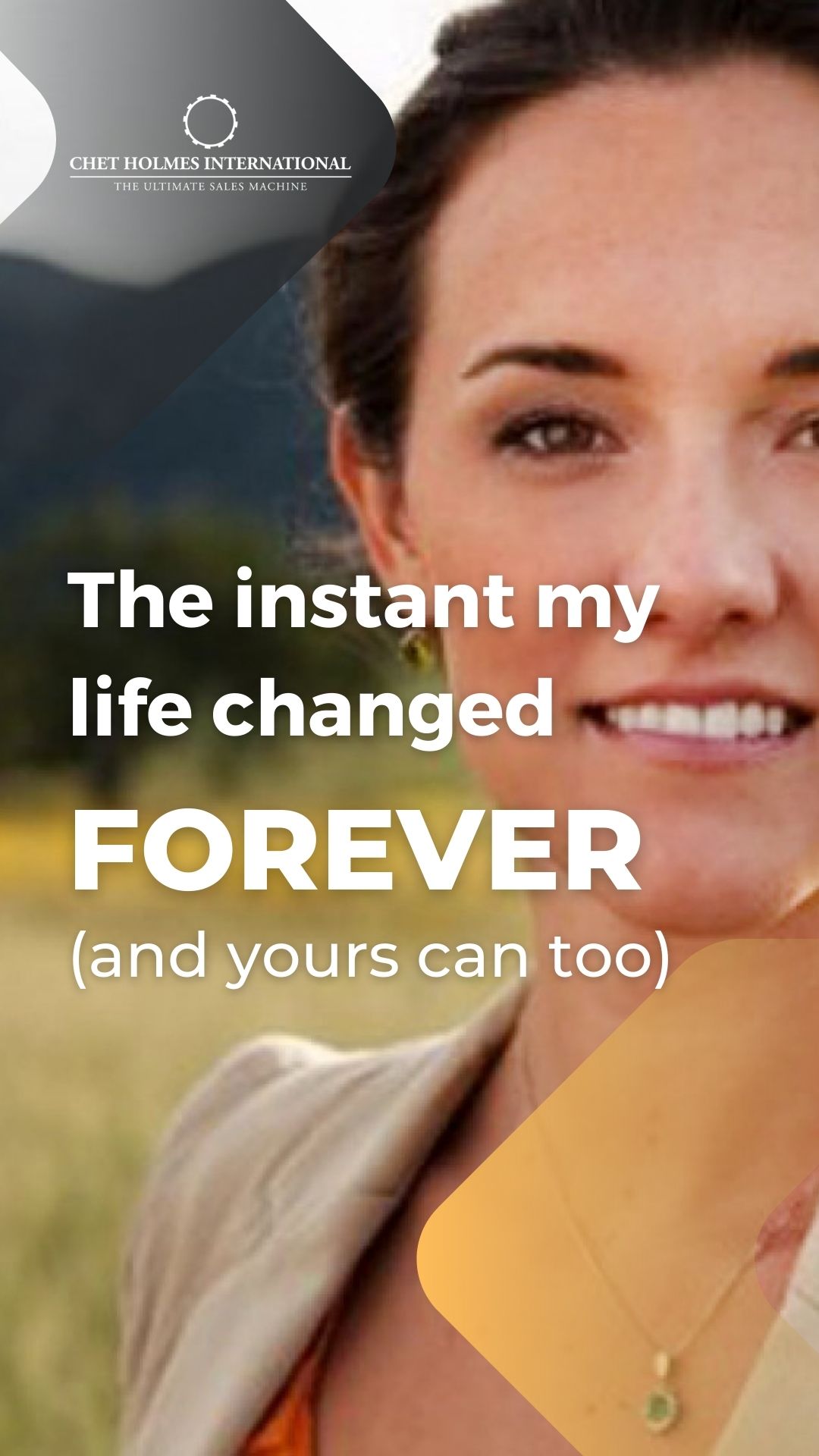
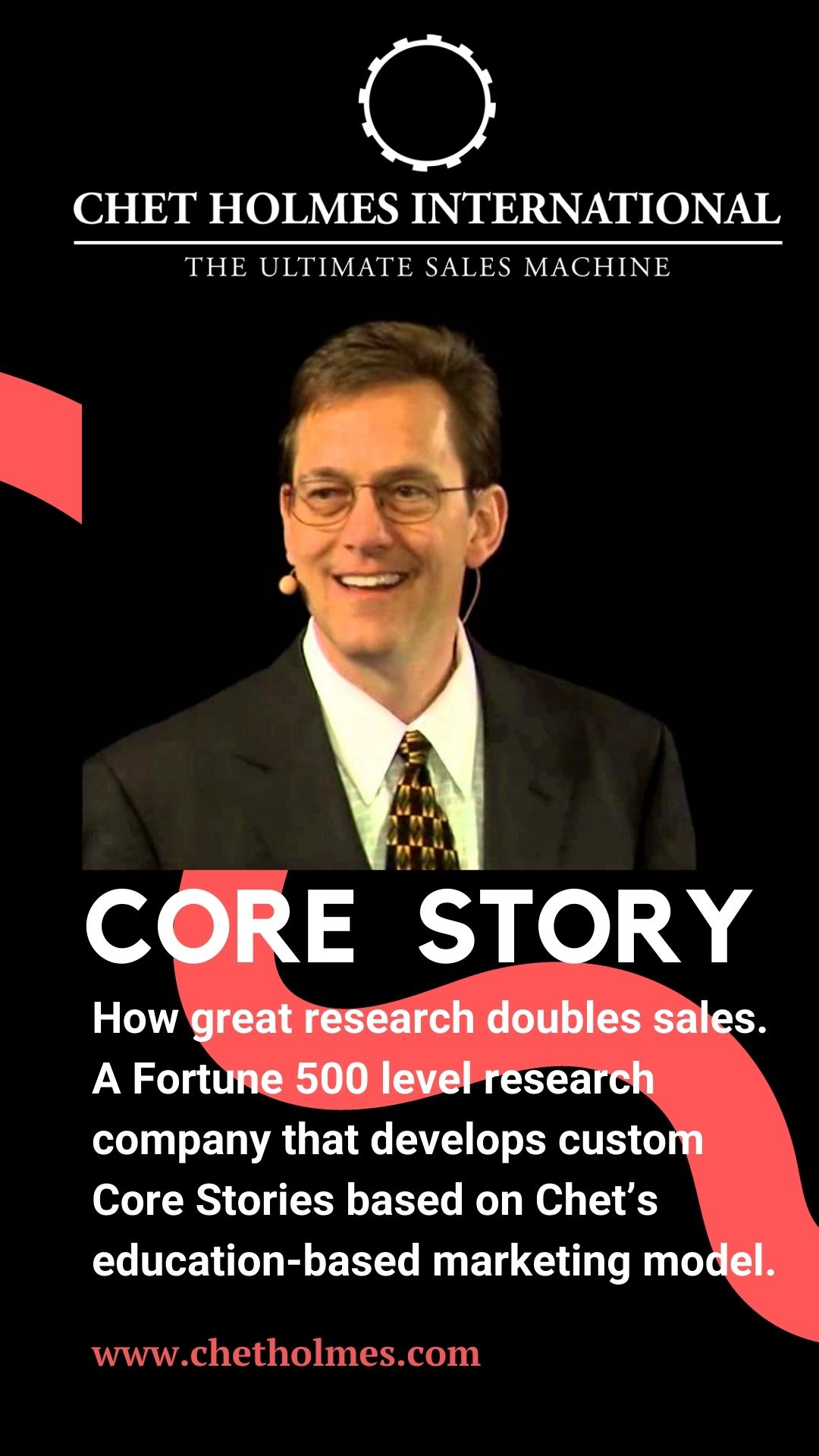
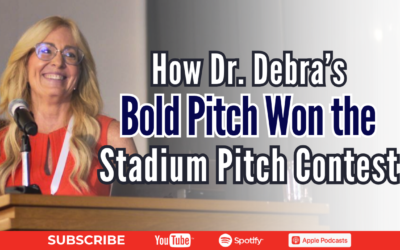
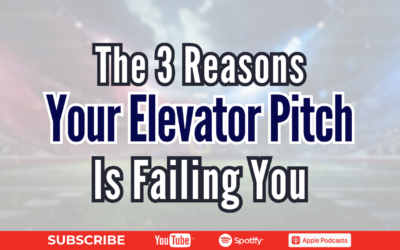
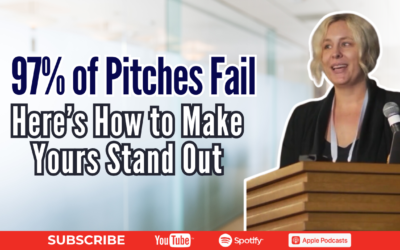
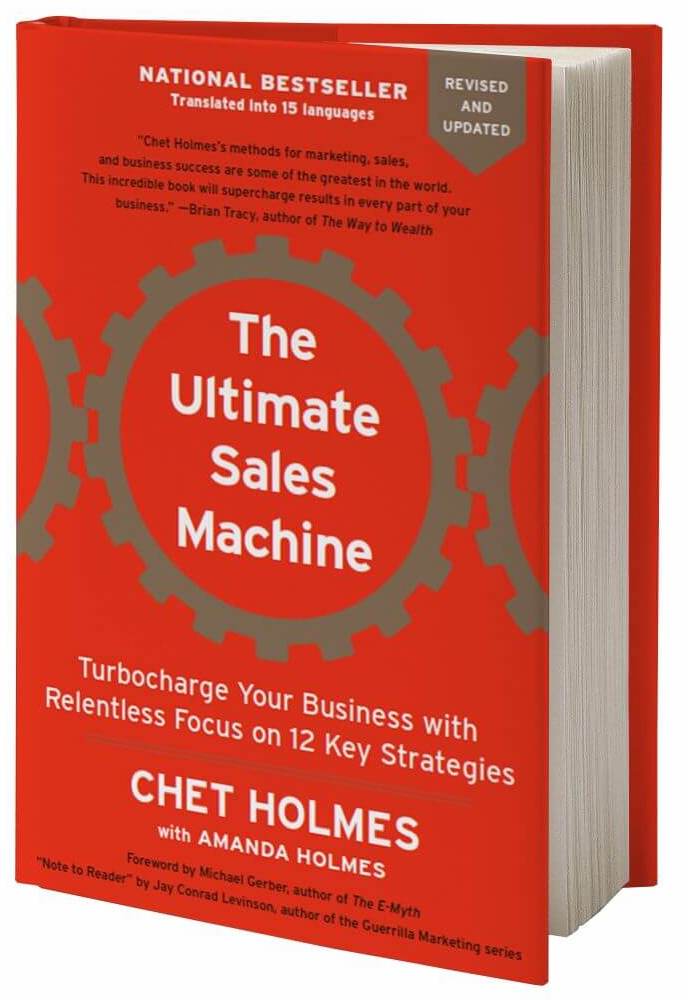 Get your pre-sale copy of the new edition of The Ultimate Sales Machine! (With special limited time bonuses)
Get your pre-sale copy of the new edition of The Ultimate Sales Machine! (With special limited time bonuses)
0 Comments